The destruction of the bust of Ishwar Chandra Vidyasagar in Kolkata has hit a raw nerve with Bengalis. As the BJP and the TMC continue to blame each other over the statue, it is time to examine if the charge of ‘minority appeasement’, so often thrown at the state government, sticks.
To look closely at Bengal would reveal a truth that runs counter-flow to the BJP’s claims that Mamata Banerjee does not allow Durga Pujas or let people say ‘Jai Shri Ram’ in her state.
Durga puja
It is the state government that has been trying very hard to get UNESCO to award cultural heritage status to the Durga Puja festival. In size, Durga Puja is the second largest Hindu festival in India, after the Kumbh Mela. But the Kumbh Mela is held once every 12 years, while the Durga Puja is held annually.
The Mamata Banerjee government introduced the Red Road Durga Puja Parade, where the best of the idols pass in a Rio Carnival style procession, replete with musicians and dancers, down Red Road before heading for final immersion. This clever marketing of a centuries-old festival has injected new life, and money, into it by allowing the public and tourists to see the idols and fanfare without ploughing through the lakhs of people out on the streets during the festival.
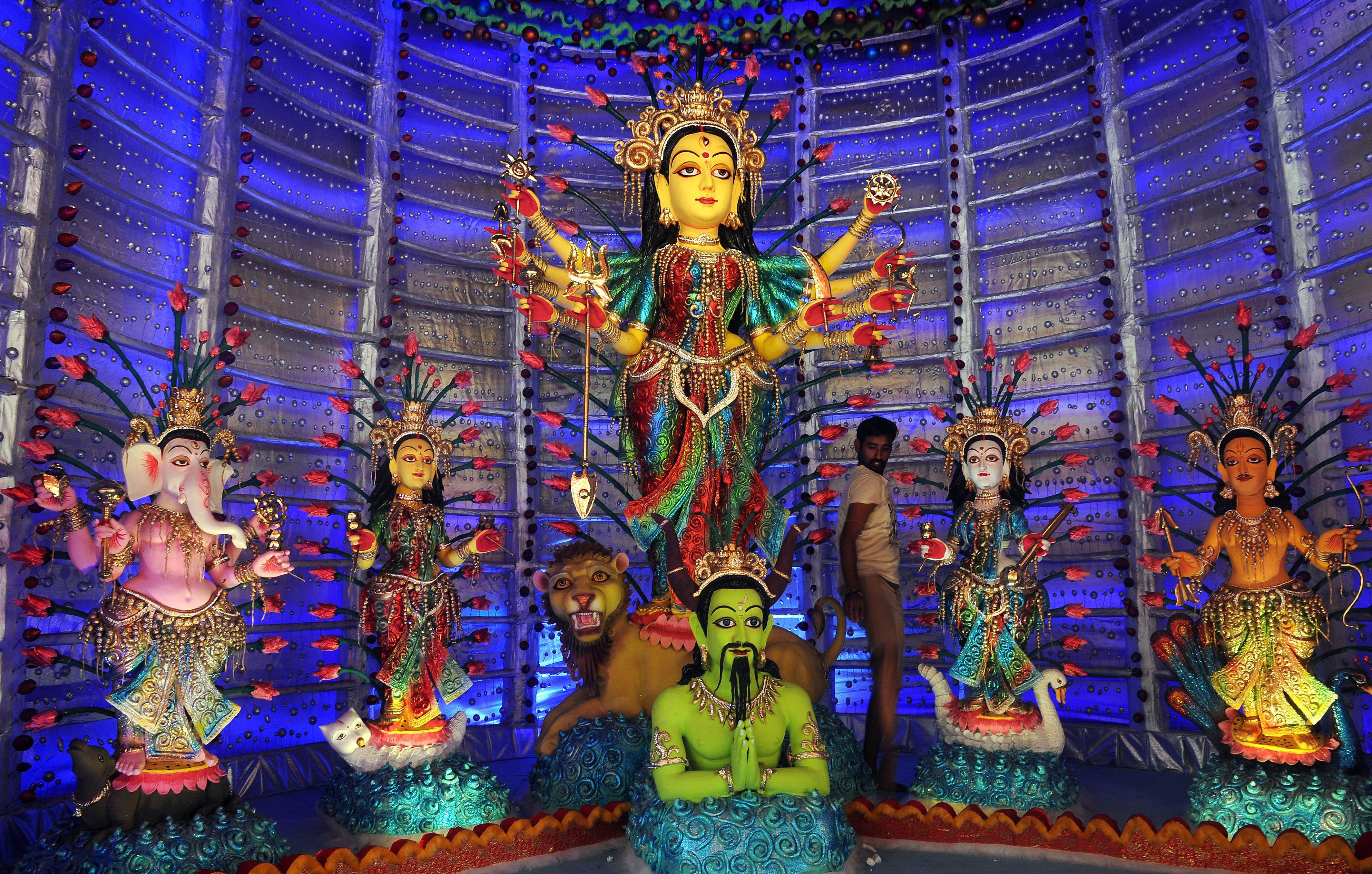
Also read: Everyone knows not to take on Mamata Banerjee, like Modi & Amit Shah did, on her home turf
Christmas festivities
The street partying isn’t restricted to Hindus; the Park Street Christmas Festival is now the largest such Christian festival in Asia. The entire street, in the very heart of the city, is illuminated with Santa Clauses and other nativity themed decorations, carols and songs are played through speakers. There are stalls selling foods and drinks in Park Street during the festivities.

Halfway down the street, in Allen Park, a 10-day long Christmas festival is the main attraction. Odd as it may seem, but in a testament to Bengal’s diversity, the Kolkata Police band features as one of the main attractions, playing Christmas Carols and songs.
A unique road
A bustling road cuts through the hot and claustrophobic chaos of Kolkata’s business sector in Burrabazaar. Called Brabourne Road, it is possibly the only road in the world to have a place of worship for every major religion of the world.
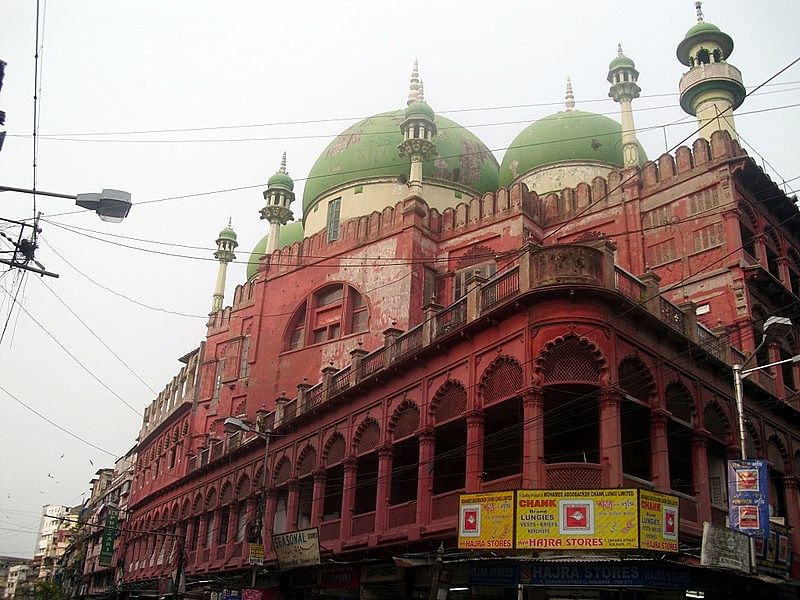
The most religiously and culturally remarkable of these are the three Jewish synagogues, which has had a Muslim family as caretakers for four generations now. Around the world, Muslims and Jews have seen animosity, but here in Kolkata, they have been living happily alongside each other for almost two centuries.

A walk along Brabourne Road and its periphery reveals more. This relatively small area holds a Catholic Cathedral (again, Portuguese with a nautical theme), and the oldest Christian church in the city – the Armenian Church. At the top end of the road is a Scottish Church, and dotted around that area you will also find over a dozen Chinese temples, a Buddhist Sangha, and on a tram-track laden road branching off, the majestic Nakhoda Masjid.
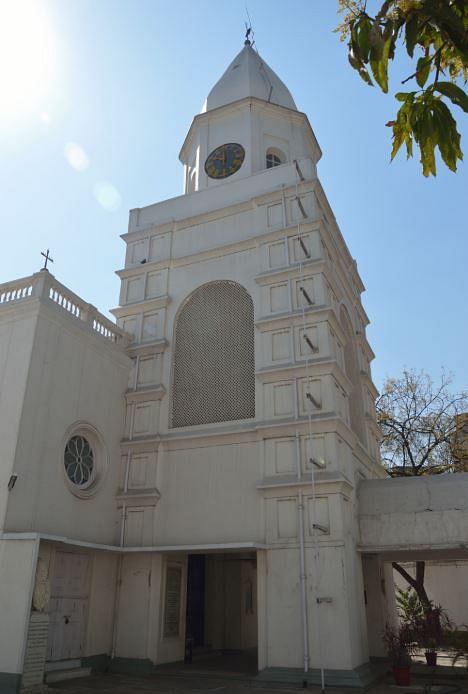
One of the narrow side lanes holds a heartbreaking sight, the crumbling ruins of a Parsi Fire Temple, which is falling apart due to a dispute between the owners over future use, while shops selling gaudy Chinese lights have encroached the grounds of the complex. The involvement of the government is restricted to a signboard telling the story of the temple. Needless to say, the entire neighbourhood also has several Mandirs, Jain temples and Gurdwaras, all built by the traders who found the area ripe for business, as traffic coming from the busiest railway station in India – Howrah – and goods from both the river and the bus terminus, have to pass Burrabazaar to enter the city.
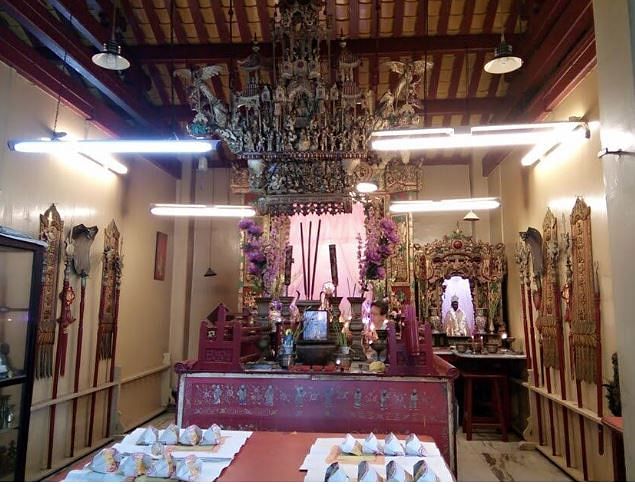
Also read: Ram temple built by Hindus, Muslims, Christians & Sikhs is Bengal’s answer to BJP politics
Little Europe
When the mighty Ganga cuts a path around the western fringe of the city, it passes Bengal’s Hooghly District. This channel to the Bay of Bengal, and thus the world’s oceans, brought the Armenians, Dutch, French, Portuguese and the East India Company, through whom the British would turn the “chance directed, chance erected” assortment of three villages into their beating heart – Calcutta. Along with the traders (and looters) came their religions, food, languages and cultures.
It was this European assortment that gave a smattering of townships a new, and well-deserved name – ‘Little Europe on the Hooghly’.
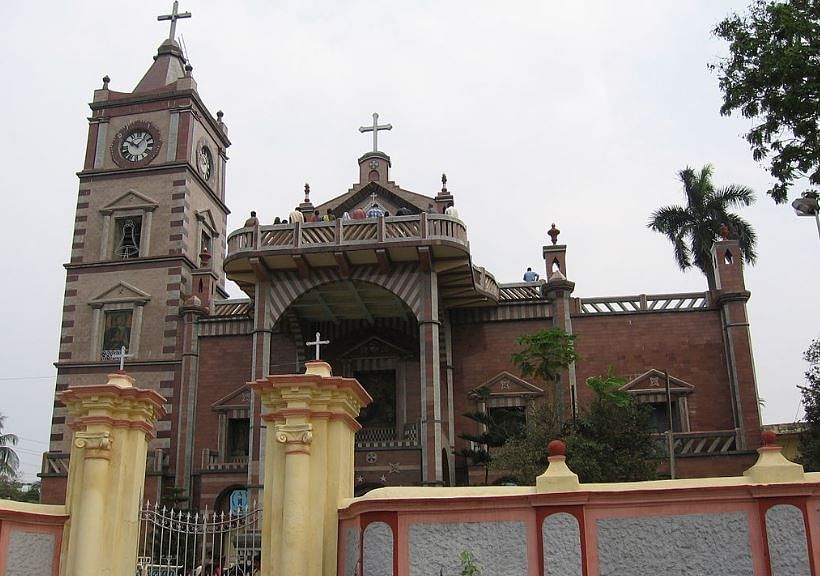
The Portuguese, once a formidable maritime force, settled in Bandel and built a Basilica there. This sprawling campus was funded by a Portuguese captain whose ship sank with the crew. He prayed to Mother Mary and discovered that his crew had survived, all clinging to the ship’s mast.
Although commonly known as Bandel Church, it is, in fact, a Basilica as it has a Christian relic – a piece of the veil of Mary. The Armenians too have a relic at their church in Chinsurah, their own little township. This is the right hand of St John the Baptist, said to be the hand that baptised Jesus in the river Jordan, thus heralding the beginning of Christianity.
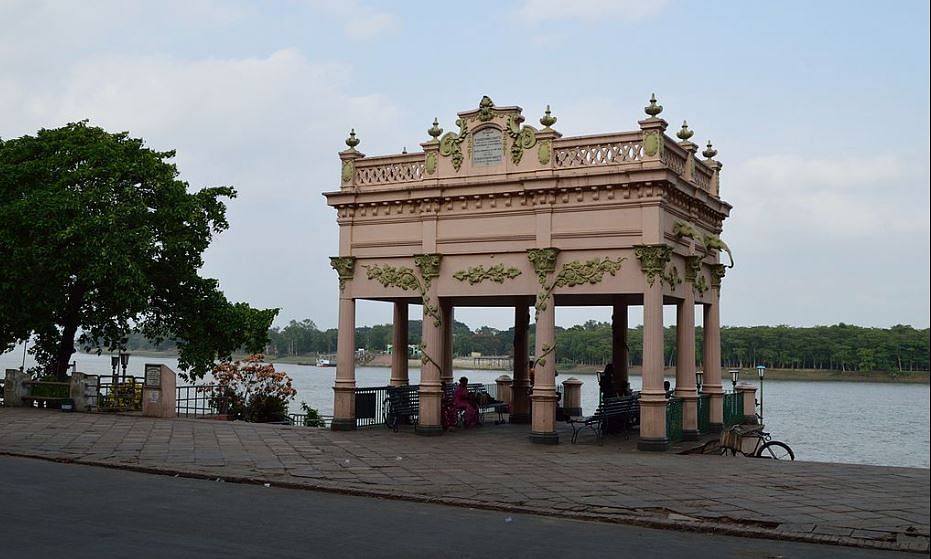
In the late 17th century, at the half-moon-like curve of the Hooghly, the French took control of Chand-nagar or Chandannagar, as it is known today. The rapacious and shrewd Frenchman Joseph Dupleix took the town from a few villages to one of the wealthiest on the Hooghly. Dupleix’s influence was from the Americas to Myanmar and down to Puducherry, where a statue of him still stands.
Also read: Narendra Modi, thank you very much but Durga has ten arms and can look after herself
Vivekananda to Amartya Sen
The land that stretches from the world’s largest mangrove to the Himalayas; the land of philosopher Swami Vivekananda, the monastic Ramakrishna Math, the charitable Mother Teresa, the reformist Raja Ram Mohan Roy, the Oscar winner Satyajit Ray, the Nobel Laureate Amartya Sen, the revolutionary Netaji Subhas Chandra Bose and the literary giant Rabindranath Tagore needs no lectures on Hinduism or communal harmony from Amit Shah or Narendra Modi.
The author is an ex-Scotland Yard officer based out of London and Kolkata, and works as a historian and writer. His writings focus on governance, policing and politics.
This article has been updated to reflect changes.



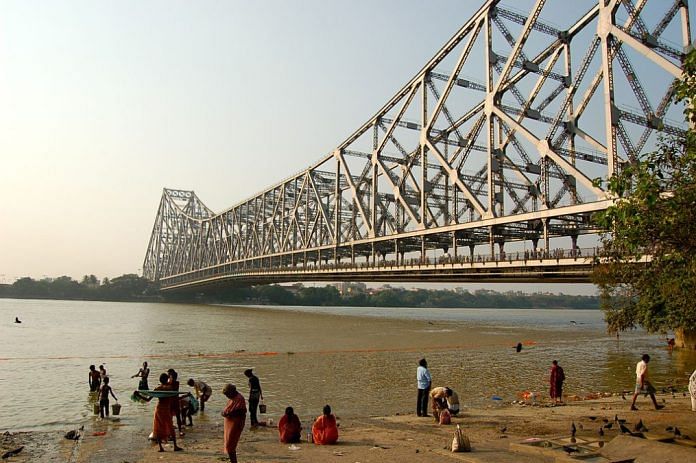



Today’s results are a tight slap on your face.
A strange column. The Durga Puja procession sounds like nothing more than the Ganesh Visarjan processions held in Mumbai and Pune. It is very odd to make a statement like Park Street Christmas festival is biggest in Asia. What is the source sir? Are you saying its bigger than Philippines where the ENTIRE COUNTRY is Christian? No doubt there were many great Bengali intellectuals recognized by the West, interestingly the author has left out the scientist JC Bose – but that is simply because Bengal was colonised first and hence had access to Western style education leading to Western awards such as Nobels and Oscars.
Your reply is full of logical errors. Even a person with basic intelligence will understand that the Phillippines being a Catholic country is automatically excluded from the comparison. Other areas of India were also colonised. They didn’t produce anything on the scale of Bengal. Lastly, to reduce the contribution of Bengalis to the awards from the West shows your cynicism. J. C. Bose is only one. Heard of Saha? Their contribution to science goes beyond awards.
And BTW, I’m not from Bengal.
Instead and of roaming around in Calcutta and its suburbs, the author should have travelled to the districts of West Bengal that border Bangladesh. He would have understood the demographic change that has taken place in those places and how the religious composition has changed in the last 40 years. He should have travelled to those schools where decades old Saraswati Pujas have been stopped. He should have read some history on the killings in Calcutta in 1946. From his surname, the author seems to be an Armenian. He should understand that Hindus have suffered more in India than the Armenians did at the hands of the Ottoman Empire. Remember the Armenian Genocide of 1915? Hindus have already suffered the more since 8th century CE and would want to go through it again.
Calcutta belongs as much to SE Asia as to Delhi. Bengal will start growing economically once there is a free flow of people and ideas from Bengal to SE Asia, much as it has been over the last thousand years or so. Until it regains this positive dichotomy, it will economically languish.
Our son, 34 today, was born at Belle Vue Clinic, Calcutta.
Fine column, brings to life many memories of college years in Calcutta. The last thing Bengal needs is religious polarisation. Those who wish it well should be working to bring more investment into the state. One cannot live on love and fresh air alone.
Very well written. Who knows if the second Indian renaissance will also start from Bengal?
Excellent summing up of cosmopolitan Bengal. This particular corner of India is rich in history harking back to days when Tamralipti (noow Tamluk) was an entrepôt in 3rd century BCE, and remained the eastern gateway to South East Asia and Sri Lanka for more than a millennium. In more recent times Bengal Renaissance led by people like Vidyasagar and Ram Mohan Roy brought new sensibilities to our culture and reformation in Hinduism. Unfortunately today’s politicians are unable to appreciate this rich legacy; instead what they have unleashed is crassness and vulgarity that is antithetical to Bengali heritage. It is well beyond power-hungry people like Modi or Shah to understand the rich subtleties of Bengal; no wonder they wish to thrust an unitary version of Hinduism as a conquering force.